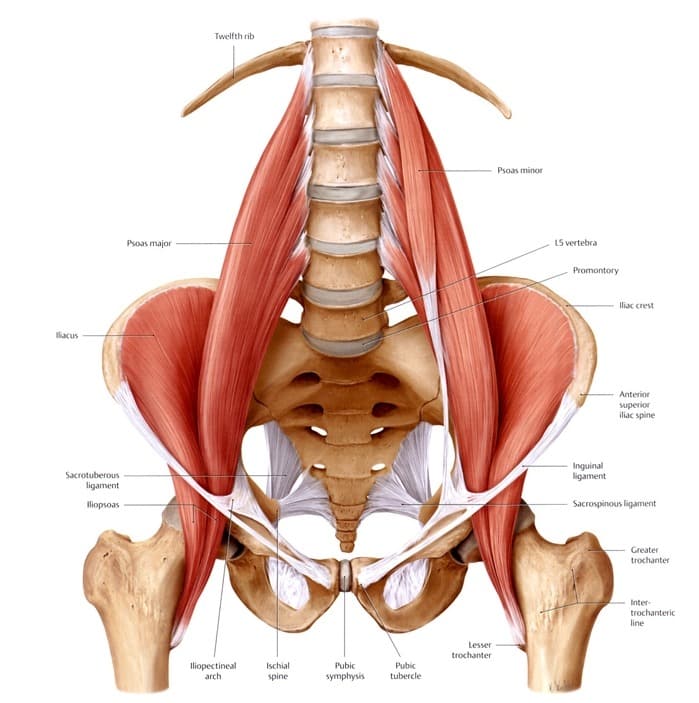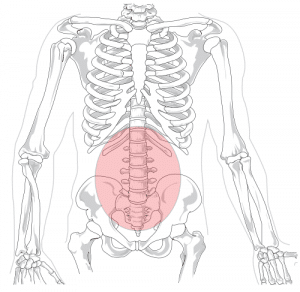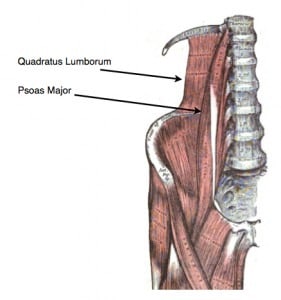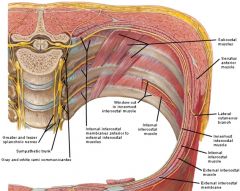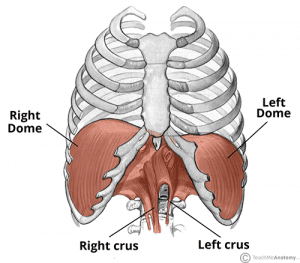If you have practiced yoga lately, chances are that you sat on the floor for a little while. This is a very healthy activity that every human should probably practice regularly for the strength of the pelvic floor muscles, and to allow the inner thighs and hips to relax. You can always work your way into it with blocks, props, cushions, pillows; you can do it while watching TV. It is good for releasing the muscles in the lower spine which have a strong connection with the hips, pelvic floor, abdominal muscles, lower back, and lower organs, including the sex organs and excretion organs; it’s good for all that important stuff.
In this article, I will speak specifically about the lower back and the anatomical features that you will want to be aware of as you practice yoga. If you have any of the following symptoms, you may want to begin a restorative yoga practice to assist in the alleviation of your pain, as well as begin to sit on the floor regularly. If it is too painful to start, contact a specialist or something like that, here are some symptoms of dysfunction:
- Pain and stiffness in the back.
- Pain in the buttocks and the legs, often in the back of the thigh.
- Pain that worsens when bending, stretching, coughing, or sneezing.
- Sciatic Nerve pain (pain in the hips, or back of your legs that shoots down the leg)
The lower back is really composed of three areas of the body: the lower spine, the hips and tailbone, and the abdomen. Since the spine is encircled by musculature, the abdomen, spinal muscles, and hips are all integral aspect of maintaining a healthy lower spine and therefore lower back.
Here is a depiction of the skeletal frame with the lower back in red:
You can see the there is a lot of big bone support at the base of the spine you will know from your own body that your hips provide the support for the lower spine. The ribs and upper legs have a tremendous amount of connection with the lumbar region of the spine and are the primary support structures in providing space for the lower back and lowest organs. Here is a very detailed depictions of the inner hips muscles and lower spine:
This is a depiction of the primarily of the psoas muscles and illiacus muscles. The psoas is a primary muscle group that moves the trunk and is greatly affected by sitting habits. It lines the font of the spine and inserts separately into each vertebral process up to the T12 in most people. The illacus muscles line the insides of the hips and connect with the psoas at the insertion point of the lesser trochanter of the femur. Both the psoas and the QL run along the lumbar spine to the trunk, the QL going posterior to the spine and the psoas anterior to the spine, bone are connected to the transverse spinal processes. The muscles work together to move the trunk, along with the muscles of the abdomen. The psoas and the QL muscles are the primary muscles of the lower back, so we’ll come back to them.
There are a few more groups of muscles to pay attention to, but other primary muscle group to consider when talking about the lower back is the abdominals. Your abdominals provide frontal support for the spine, but in addition to the abdomen and primary lower back muscles of the Psoas and Quadratus Lumborum, the diaphragm, obliques, serratus muscles, pyramidalis muscles, levatores costarum, subcostal muscles, transverse thoracis muscles, and intercostal muscles play roles in the alignment of the lower spine. The final, possibly most under looked muscle is the latimus dorsi, which runs all the way along the back of the spine up to the shoulders. We can go over most of them as accessory breathing muscles, which is an action largely affected by the lower spine. It sounds like a lot of muscles because there are lots of muscles that are connected to your lower back. Let’s break it into pieces to see how it works.
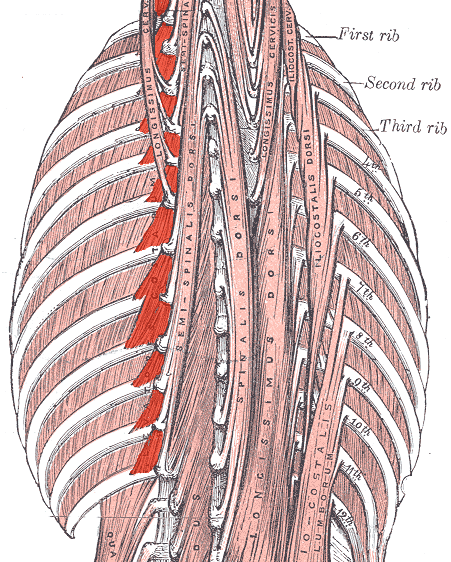
Lets start at the top and work out way down the body, so lets start with the shoulders. The serratus muscles, obliques, levatores costarum, costal muscles and subcostal muscles all play a role in spinal alignment at the shoulder level. The subcostal muscles are the innermost, being inside of the rib cage, and surrounds the diaphragm along the ribs. The intercostal muscles are just superior, or further outside than the subcostal muscles. The levatores costarum run along the back of the spine on the outside of the rib cage, providing even more support for the spine, which you can see act in opposition to the interlacing rib muscles. Notice the spinal erectors and spinalis muscle groups. You can also see how the muscles interweave with the spine and ribs, making breathing a full body movement. This is why forward folds are so effective at releasing the muscles the support the spine, so that they can stretch and relieve tension. This part of the reason why breathing in yoga can help to align the spine, and why spinal alignment and breathing have a close relationship. The obliques are a portion of the abdomen that you can read more about here. The serratus anterior is the another muscle to consider, which is also known as the punching muscle, as it pulls the shoulder blades forward. This is an extremely strong and useful muscle in yoga that supports you in handstands, forearm stands, and headstands in specific variations with proper alignments. and keeps the shoulders aligned, which then keeps the spine aligned. Like links on a chain. The final muscles to look at is the latimus dorsi, a muscle that runs from the lower back to the outside of the shoulder blades. The muscle connects the arms to the lower back, so can be really important for golfing, blowing, javelin throwing, or boxing. Anything where you are using your hips to power the upper body. These muscles can be easily overlooked in sun salutations, especially downward dog, which can allow the spine to hyperextend. This muscle is also more active in the elbow close push up, allowing the serratus anterior and lats to move the spine up from chaturanga into downward dog. Hollowing your armpits in plank/chaturanga/down-dog will likely activate and strengthen your lats, but its good to have a second pair of eyes on your alignment, so if you have questions find a local studio or teacher and ask them about your down dog. I’m sure they will be thrilled to answer your questions.
The last muscles to consider are the diaphragm, the obliques, the
pyramidalis muscles, and the transverse abdominus. The final piece of the puzzle is the rectus abdominus, which acts in direct opposition to the Psoas and QL muscles. The pyramidalis muscles are tiny triangles below the lowest layer of the rectus abdominus, and they form muscles just above the genitals. The diaphragm forms the inner musculature needed to move the ribs as the lungs expand.

The obliques line the outsides of the torso at the bottom of the rib cage, and all four layers of abdominals meet at the linea alba and run down to the pyramidalis muscles. You can see the lowest layer of the abdominals, the transverse abdominus, which acts as a kind of weight belt to support the lower spine when heavy lifting with the back, or squatting. It works with the psoas and QL to keep the trunk stable. The rectus abdominus acts in opposition to the QL and psoas, which forms a kind of push-pull system for you to lean forward and back, to squat, and to jump. Think of them as working against each other, but really they work in unison to support your spine. A great way to feel all of these muscles is to do burpees and/or sun salutations.
That wraps up the muscular and skeletal portions of the anatomy of the lower back. Please check back in about a week for the second section where I discuss nerves, organs, blood vessels, and fluid distribution, and if you are looking for something a bit more entertaining, you can check out the WANDERER series, I am working on part 13 right now and should have it out in a few days. Thanks for reading, would love to hear any questions or feedback

